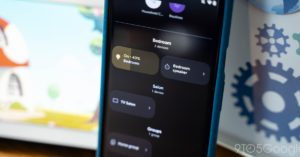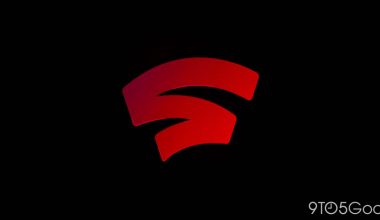Google joined the Universal Stylus Initiative back in 2018 to promote the use of an active pen protocol. Version 2.0 of USI’s standard, with a few potential new features, was announced today.
A novel wireless charging function that is based on the previously described Near Field Communication (NFC) Wireless Charging Specification (WLC 2.0) from the NFC Forum is the highlight of USI 2.0. A single antenna in an NFC-enabled device is utilized to manage both communications and charging, and there is a power transfer rate of up to one watt.
Pens that fit fully into USB-C ports and older types that needed an alkaline battery are now replaced with wireless charging. It is already present on Chromebooks, such as the HP x2 model.
Version 2.0 of USI, in contrast, now supports in-cell touch sensors, considerably extending the range of goods that can be utilized with it. The technologies of the LG Display explains :
By incorporating the touch sensor inside the LCD cell, AIT technology ensures improved touch performance. In order to achieve a slimmer and more avant-garde design, the panel’s thickness and bezel’s width were both reduced.
The standard body also boasts an enhanced color palette from 256 to over 16 million colors for more realistic inking, as well as better tilt capabilities.
It’s crucial to keep in mind that USI refers to these new features as optional, which means that adoption may vary. Although it was not included in today’s other MWC announcements, Lenovo is reportedly developing a new USI 2.0 pen that will be available. Benny Zhang, General Manager of Lenovo’s Chromebook Business Unit, stated the following:
Working with USI and Google on the newest USI 2.0 protocol for a new Lenovo pen is a fantastic opportunity. Users of Lenovo Chromebooks frequently remark on this functionality, and we are enthusiastic about the new advantages it will bring them.
FTC: We employ automatically earning affiliate connections. More.
Check out 9to5Google on YouTube for more news:







